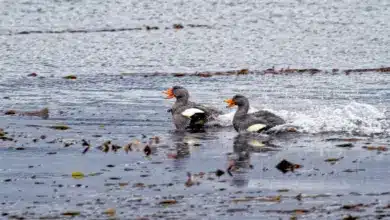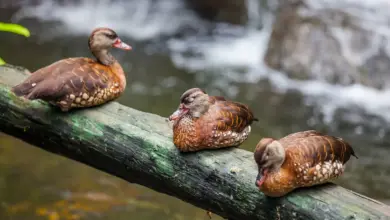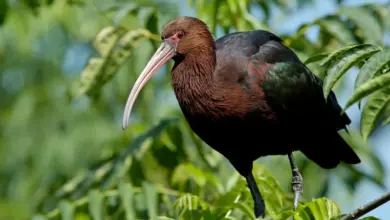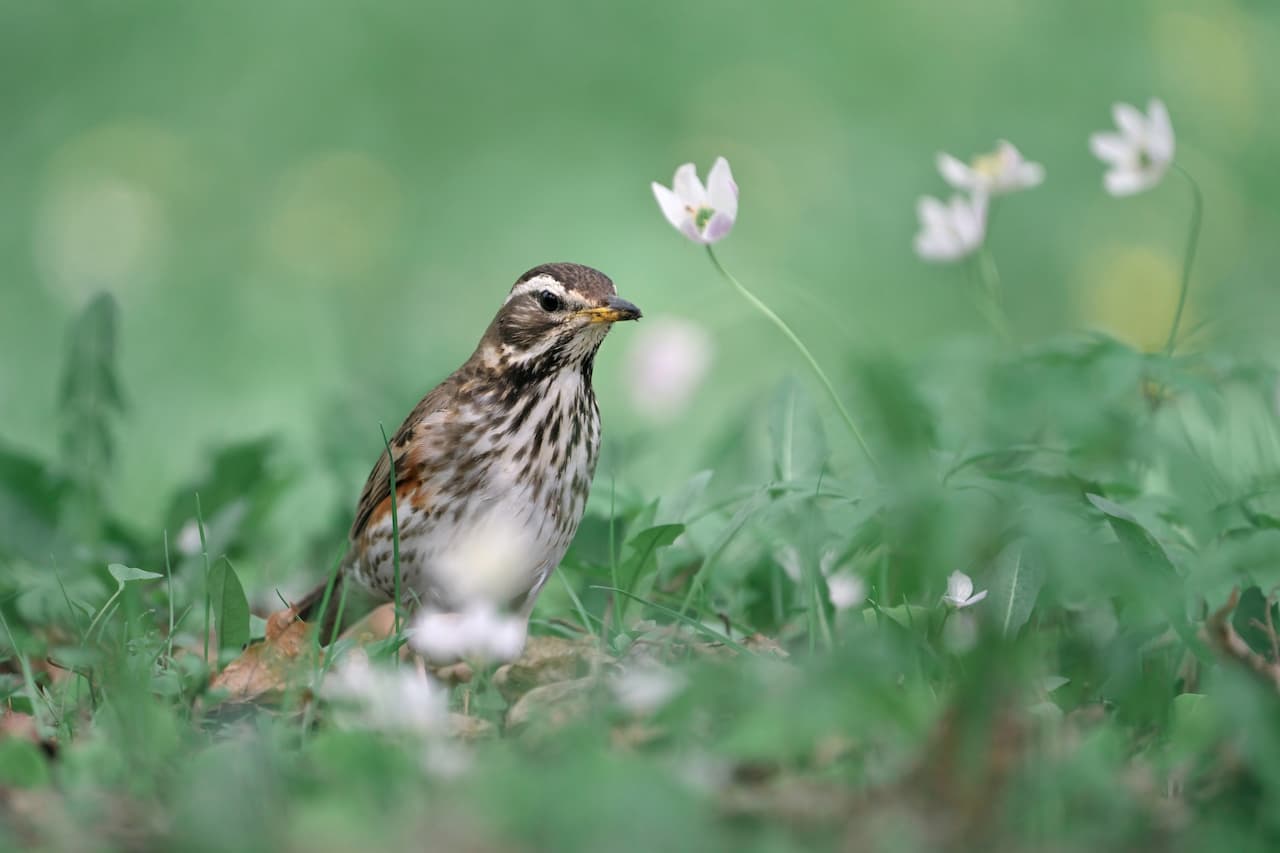This bird was long considered to be conspecific with the closely related North American species, the Green Heron, which is now usually separted as B. virescens, as well as the Lava Heron of the Galápagos Islands (now B. sundevalli, but often included in B. striata, e.g. by BirdLife International); collectively they were called “green-backed herons“.
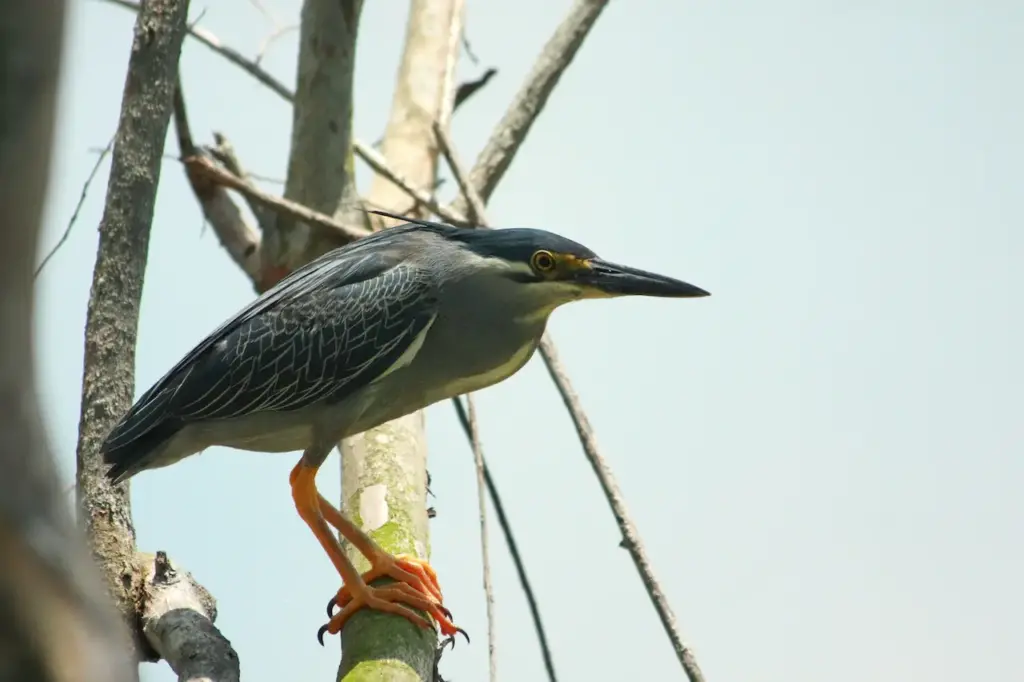
Like other herons, they are traditionally placed in the order Ciconiiformes together with storks, but all these birds form a close-knit group with pelicans, and it is unresolved whether herons are not actually closer to these than to storks.
Distribution / Range
Their breeding habitat is small wetlands in the Old World tropics from west Africa to Japan and Australia, and in South America.
Vagrants have been recorded on oceanic islands, such as Chuuk and Yap in the Federated States of Micronesia, the Marianas and Palau; the bird recorded on Yap on February 25 1991, was from a continental Asian rather than from a Melanesian population, while the origin of the bird seen on Palau on May 3 2005 was not clear.
Description
Adults have a blue-grey back and wings, white underparts, a black cap and short yellow legs.
Juveniles are browner above and streaked below.
Diet / Feeding
These birds stand still at the water’s edge and wait to ambush prey, but are easier to see than many small heron species. They mainly eat small fish, frogs and aquatic insects. They sometimes use bait, dropping a feather or leaf carefully on the water surface and picking fish that come to investigate.
Nesting / Breeding
They nest in a platform of sticks measuring between 20-40 cm long and 0.5-5 mm thick. The entire nest measures some 40-50 cm wide and 8-10 cm high outside, with an inner depression 20 cm wide and 4-5 cm deep. It is usually built in not too high off the ground in shrubs or trees but sometimes in sheltered locations on the ground, and often near water. The clutch is 2-5 eggs, which are pale blue and measure around 36 by 28 mm.
An adult bird was once observed in a peculiar and mysterious behavior: while on the nest, it would grab a stick in its bill and make a rapid back-and-forth motion with the head, like a sewing machine’s needle. The significance of this behavior is completely unknown: While such movements occur in many other nesting birds where they seem to compact the nest, move the eggs, or dislodge parasites, neither seems to have been the case in this particular Striated Heron.
Young birds will give a display when they feel threatened, by stretching out their necks and pointing the bill skywards. In how far this would deter predators is not known.
Status
Widespread and generally common, the Striated Heron is classified as a Species of Least Concern by the IUCN; this holds true whether the Lava Heron is included in B. striata or not.
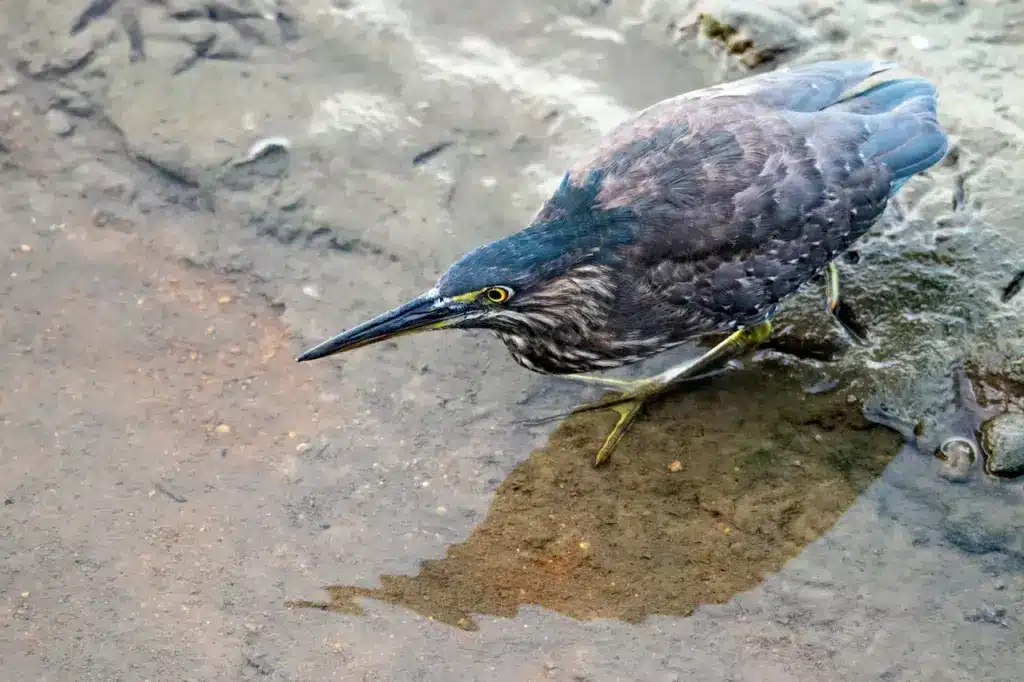
References
- BirdLife International (BLI) (2008). Butorides striata. In: IUCN 2008. IUCN Red List of Threatened Species. Downloaded on 7 January 2008.
- Boswall, J. (1983): Tool-using and related behavior in birds: more notes. Avicultural Magazine 89: 94-108.
- Greeney, Harold F. and Merino M., Paúl A. (2006): Notes on breeding birds from the Cuyabeno Faunistic Reserve in northeastern Ecuador. Boletín de la Sociedad Antioqueña de Ornitología 16(2): 46-57.
- Norris, D. (1975): Green Heron (Butorides virescens) uses feather lure for fishing. American Birds 29: 652-654.
- Robinson, S.K. (1994): Use of bait and lures by Green-backed Herons in Amazonian Peru. Wilson Bulletin 106(3): 569-571
- Walsh, J.F.; Grunewald, J. and Grunewald, B. (1985): Green-backed Herons (Butorides striatus) possibly using a lure and using apparent bait. J. Ornithol. 126: 439-442.
Copyright: Wikipedia. This article is licensed under the GNU Free Documentation License. It uses material from Wikipedia.org … Additional information and photos added by Avianweb.
Please Note: The articles or images on this page are the sole property of the authors or photographers. Please contact them directly with respect to any copyright or licensing questions. Thank you.

